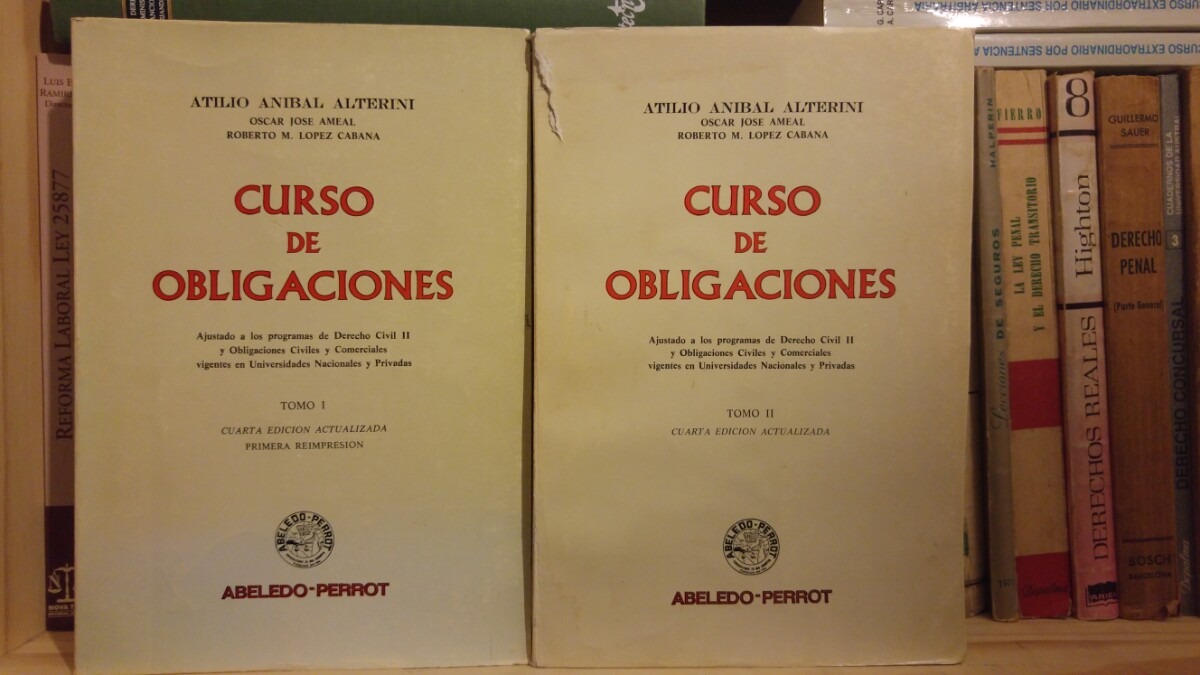

Like other leaders, Kubitschek sought the Fund’s financial assistance to access foreign loans, signing Brazil’s first standby agreement in 1958. Footnote 3Īmong the Latin American countries that engaged in international financial negotiations in the late 1950s, President Juscelino Kubitschek’s Brazil (1956–61) was the only country that interrupted talks with the IMF. Footnote 2 The IMF strongly influenced the debate on Latin America’s economic development by requiring the implementation of almost identical fiscal, credit and exchange-rate policies to correct balance-of-payments disequilibria. These programmes usually lasted one year, during which borrowers could withdraw funds if they complied with a set of mutually agreed-upon economic policy adjustments or ‘conditionalities’, under the terms of their standby agreement. Latin America became the first region where conditionality programmes were introduced. During 1952–62, Latin American countries negotiated several financial packages with the IMF, replacing Europe as the main recipient of IMF credit.

However, Washington, international banks and other foreign lenders usually made their loans conditional on an agreement with the International Monetary Fund (IMF). To stabilise their foreign accounts and avoid the domestic and international political repercussions of inflationary cycles, Latin American leaders required foreign capital. This anti-US sentiment and internal political instability strengthened during the Cuban Revolution of January 1959 and the deterioration in United States-Cuba relations that followed. Meanwhile, US policy remained unaltered, fuelling fervent intense dissatisfaction during US vice-president Richard Nixon’s regional tour in mid-1958. In early 1956, in this continent susceptible to pro-communist sentiments, leaders of the post-Stalin USSR launched an economic strategy to expand its influence in Latin America and other developing countries. Eisenhower’s liberal trade policies, which channelled US economic resources elsewhere. The continent-wide political instability that ensued triggered mass demonstrations led by workers, students and peasants against US president Dwight D. Low commodity prices after the end of the Korean War in 1953 contributed to a harsh economic downturn, while rampant inflationary pressure left the population increasingly discontented. The late 1950s were an eventful economic and political period for Latin America.


 0 kommentar(er)
0 kommentar(er)
